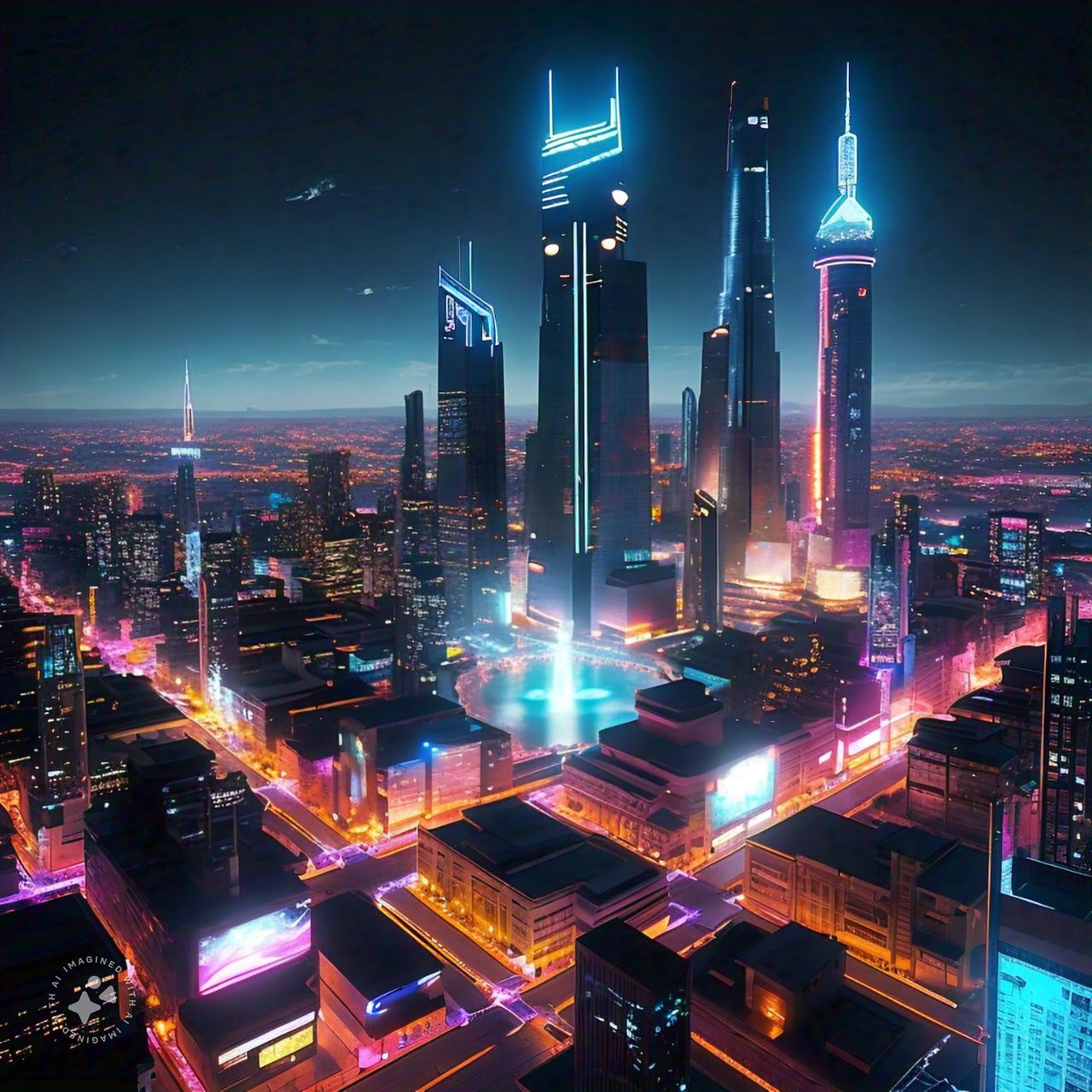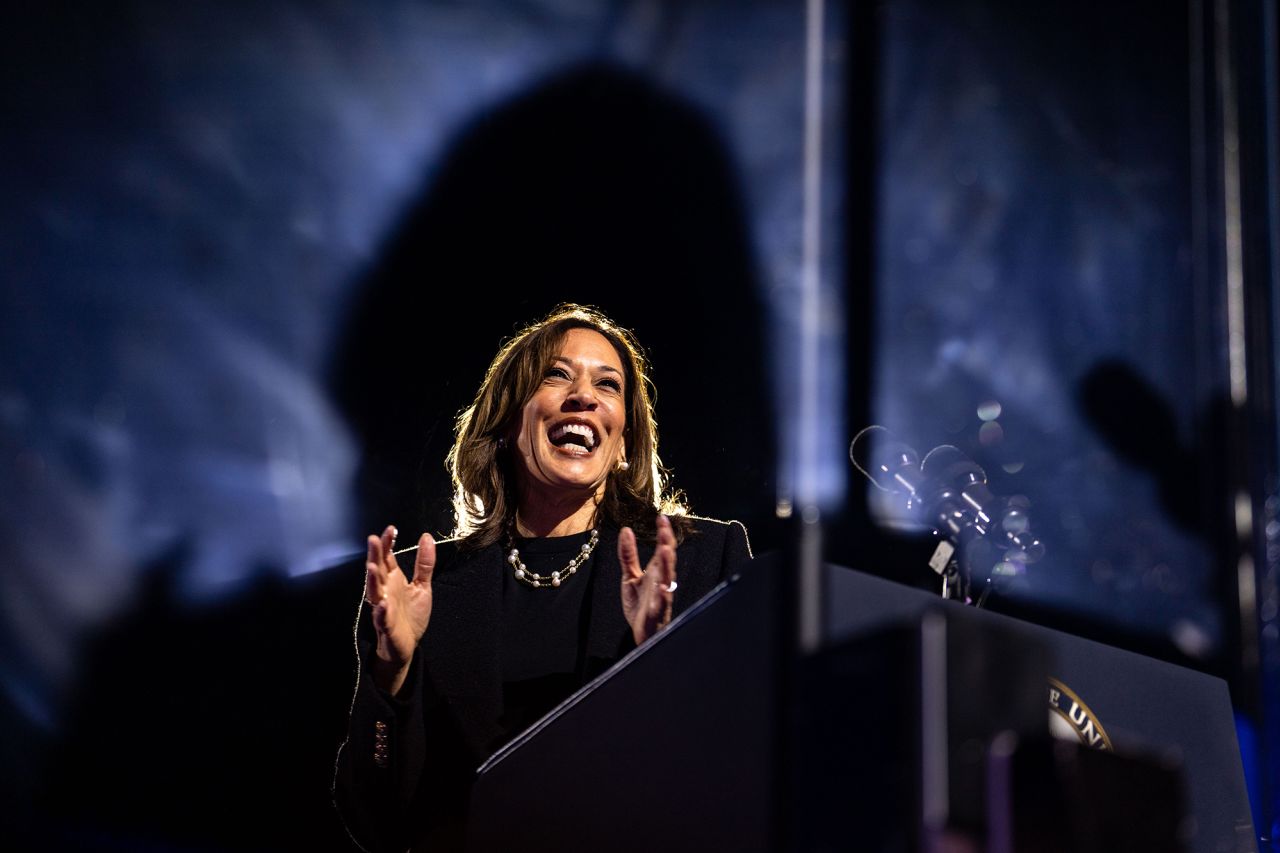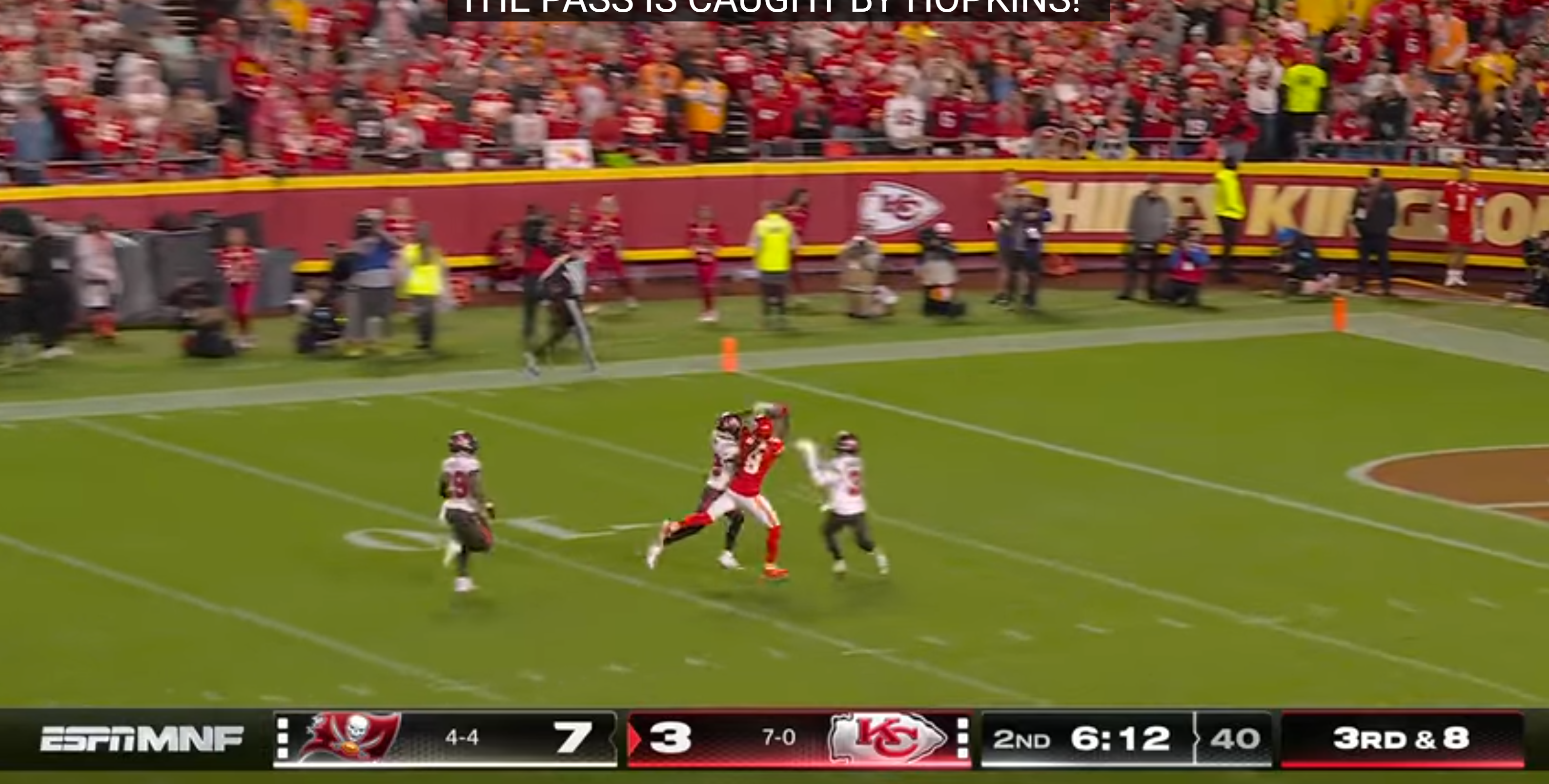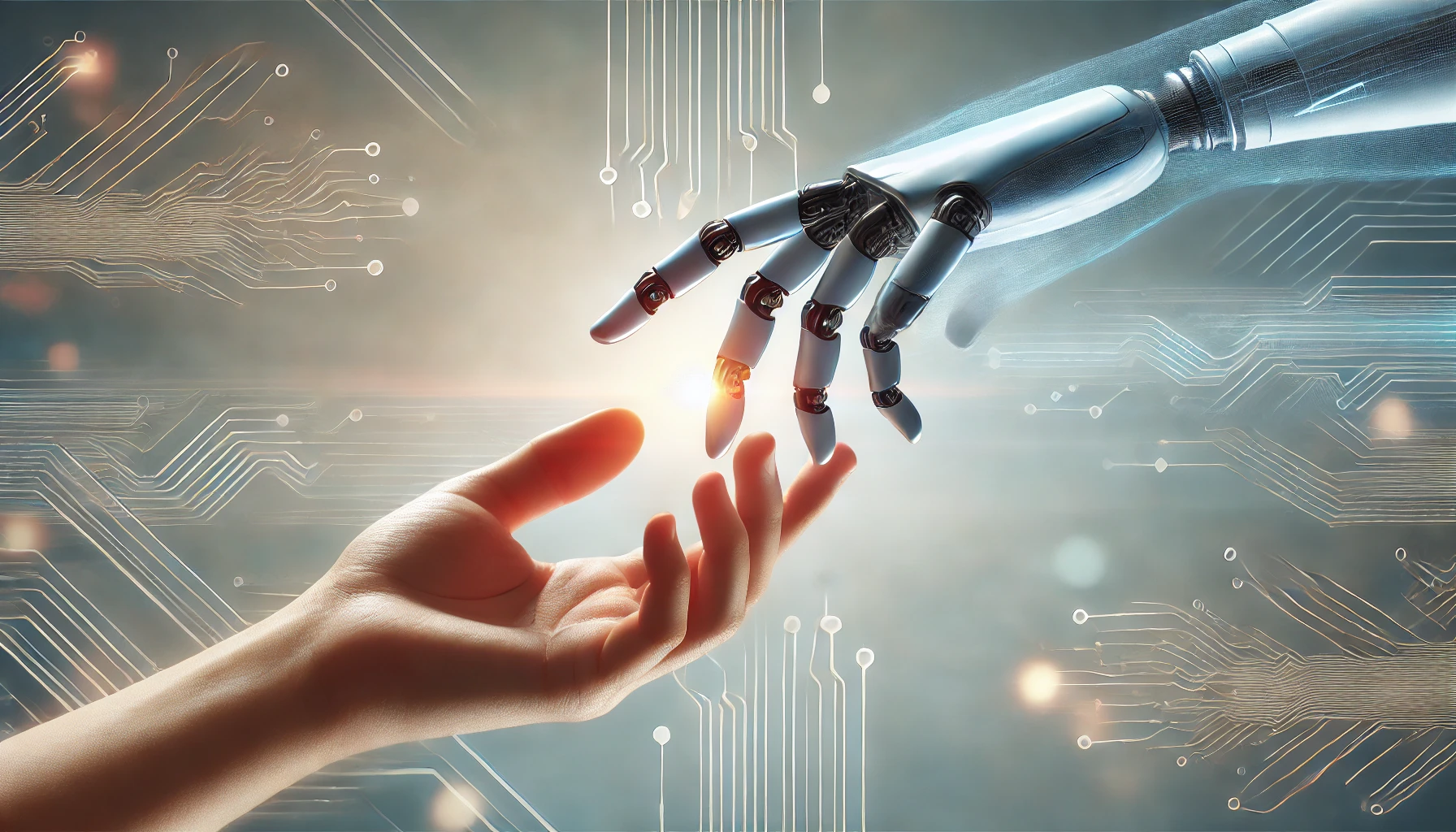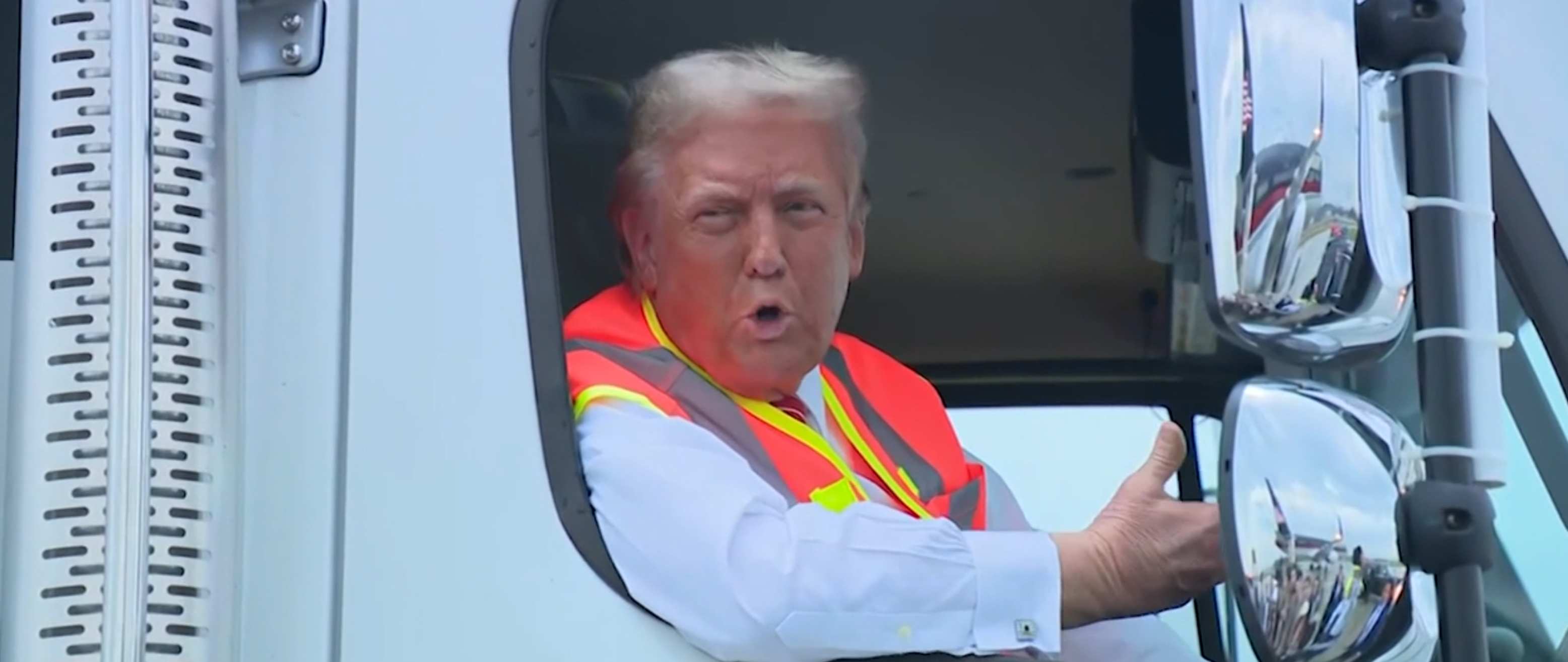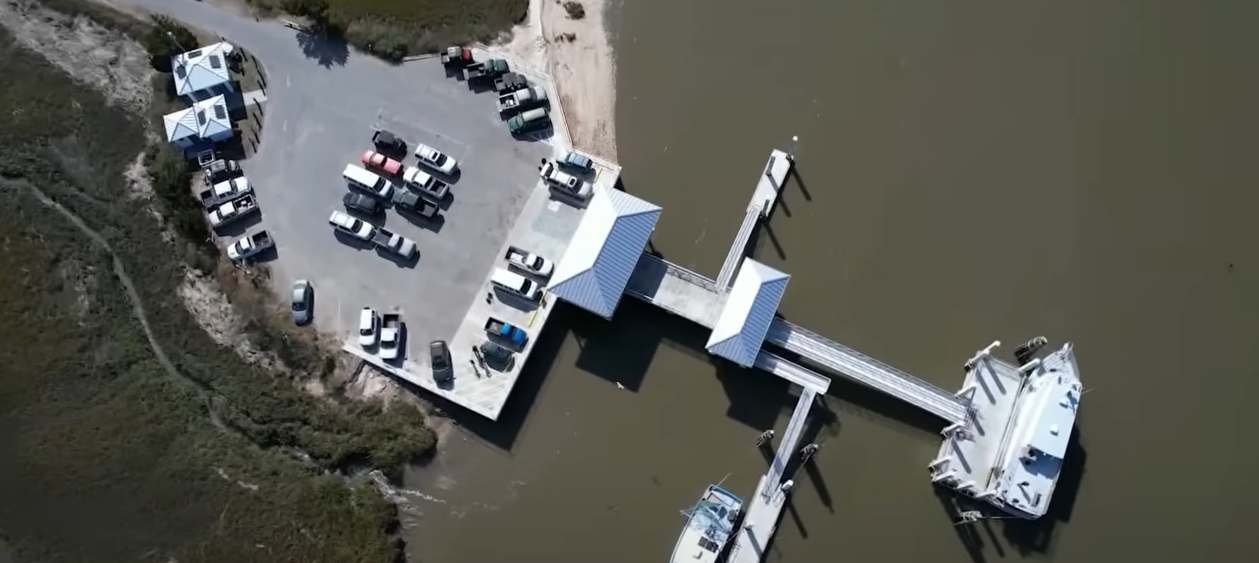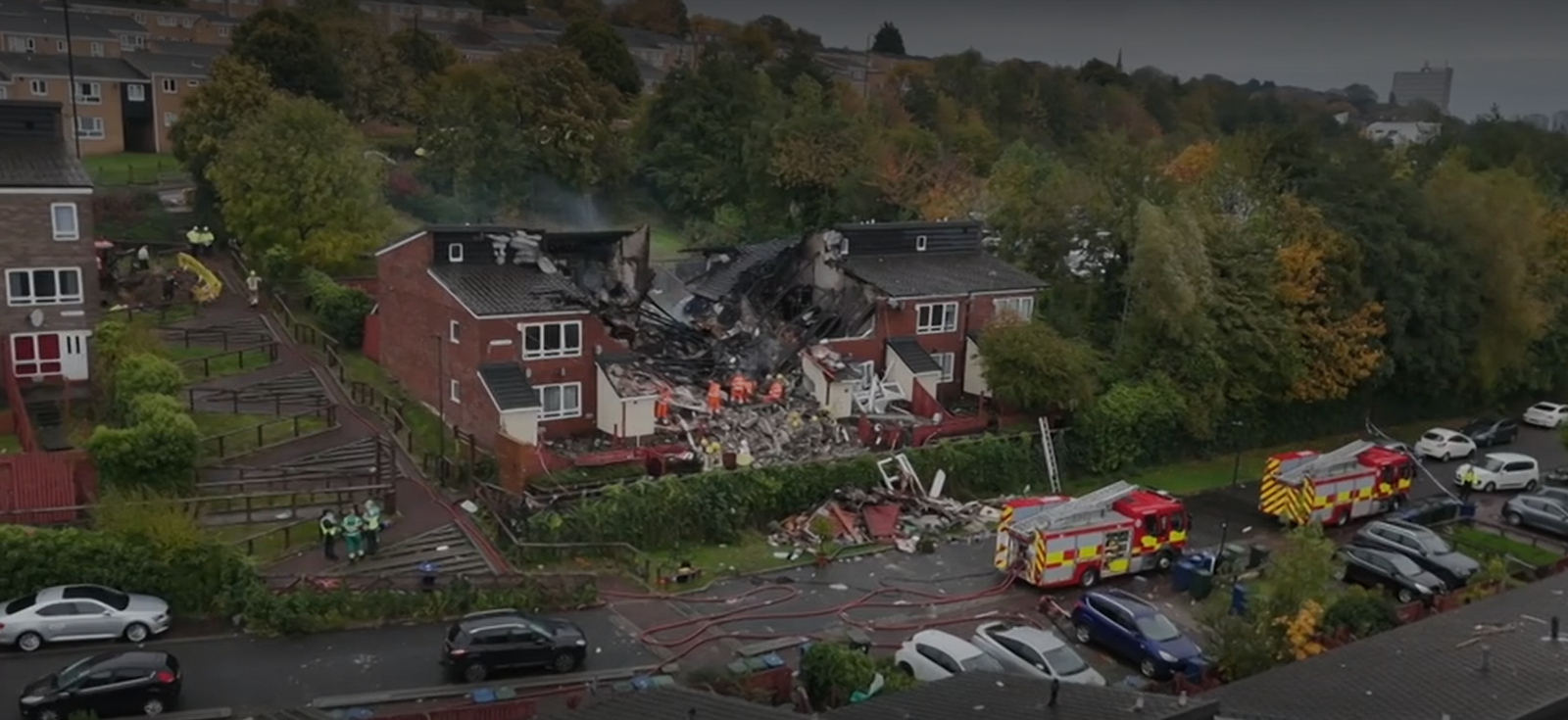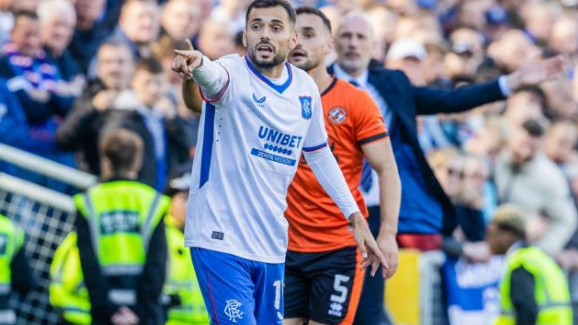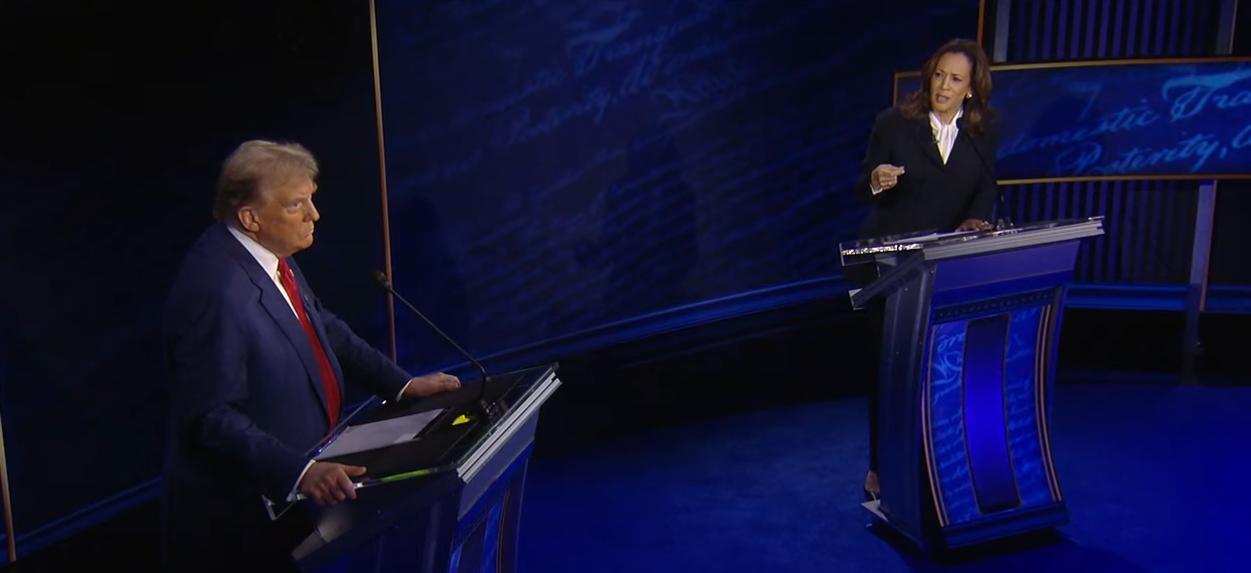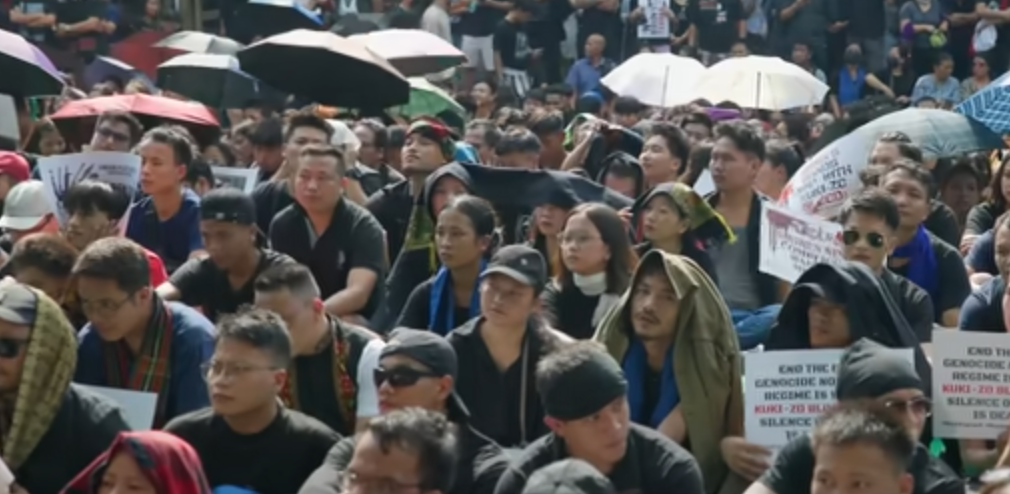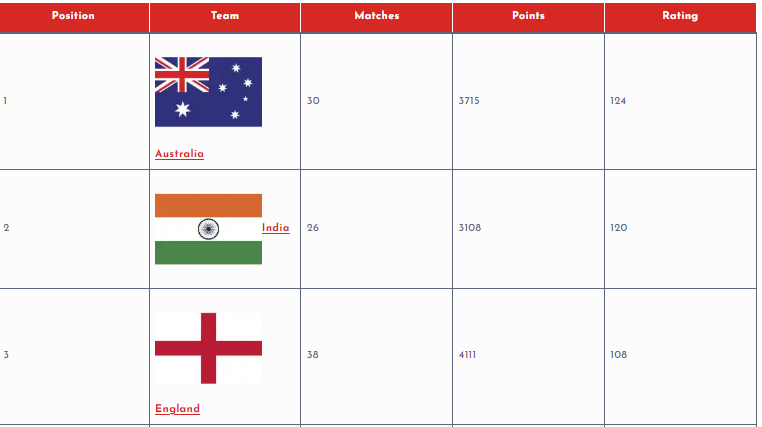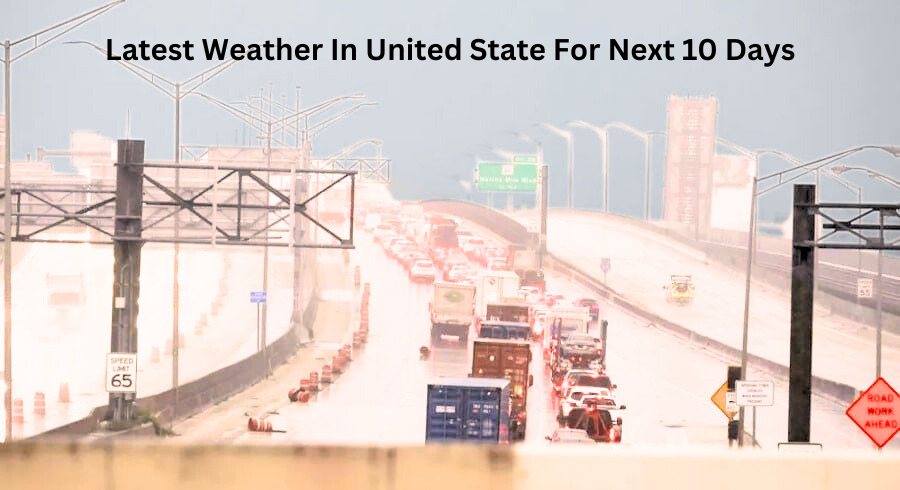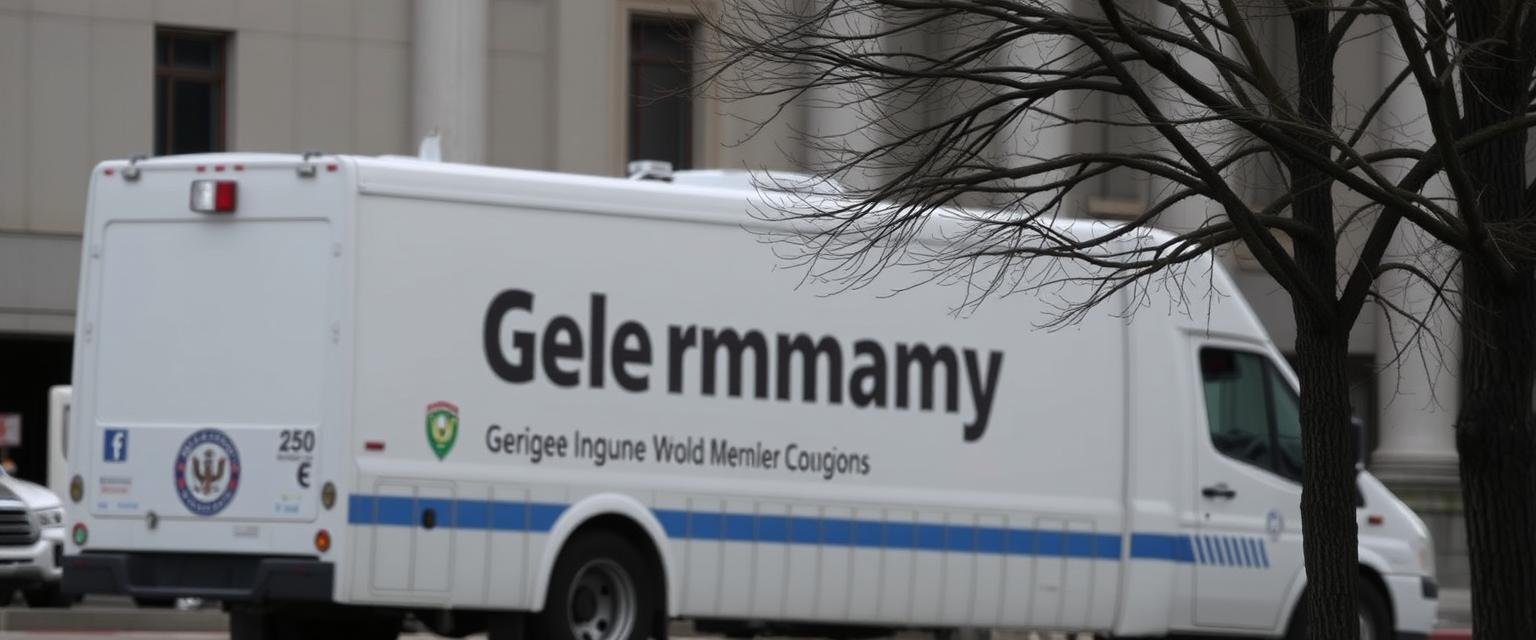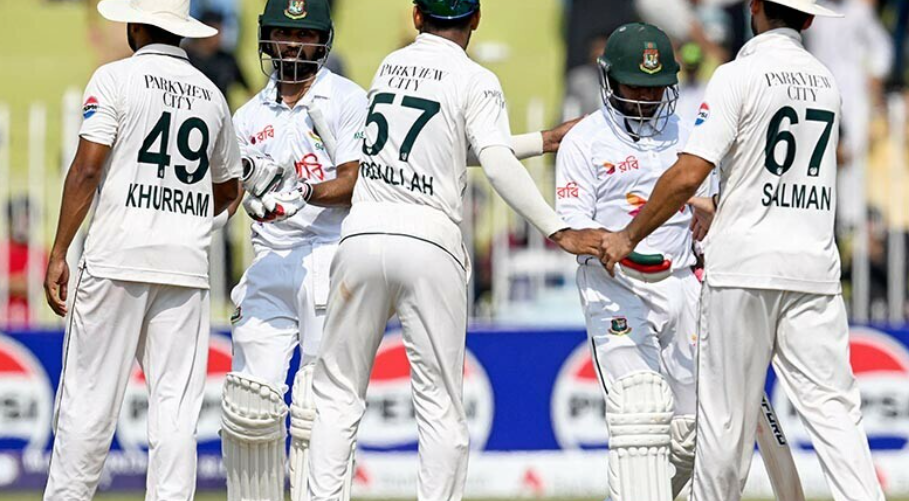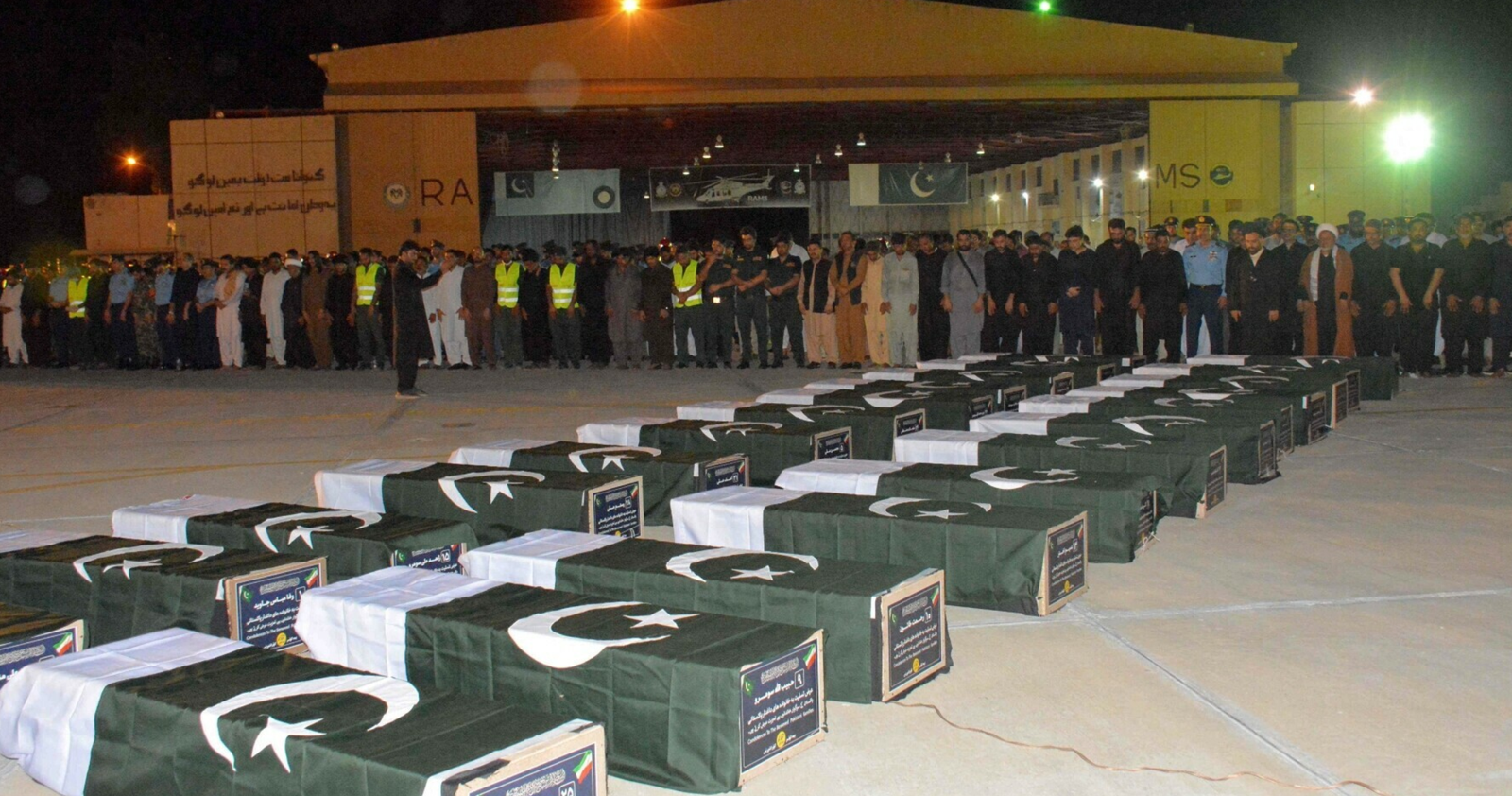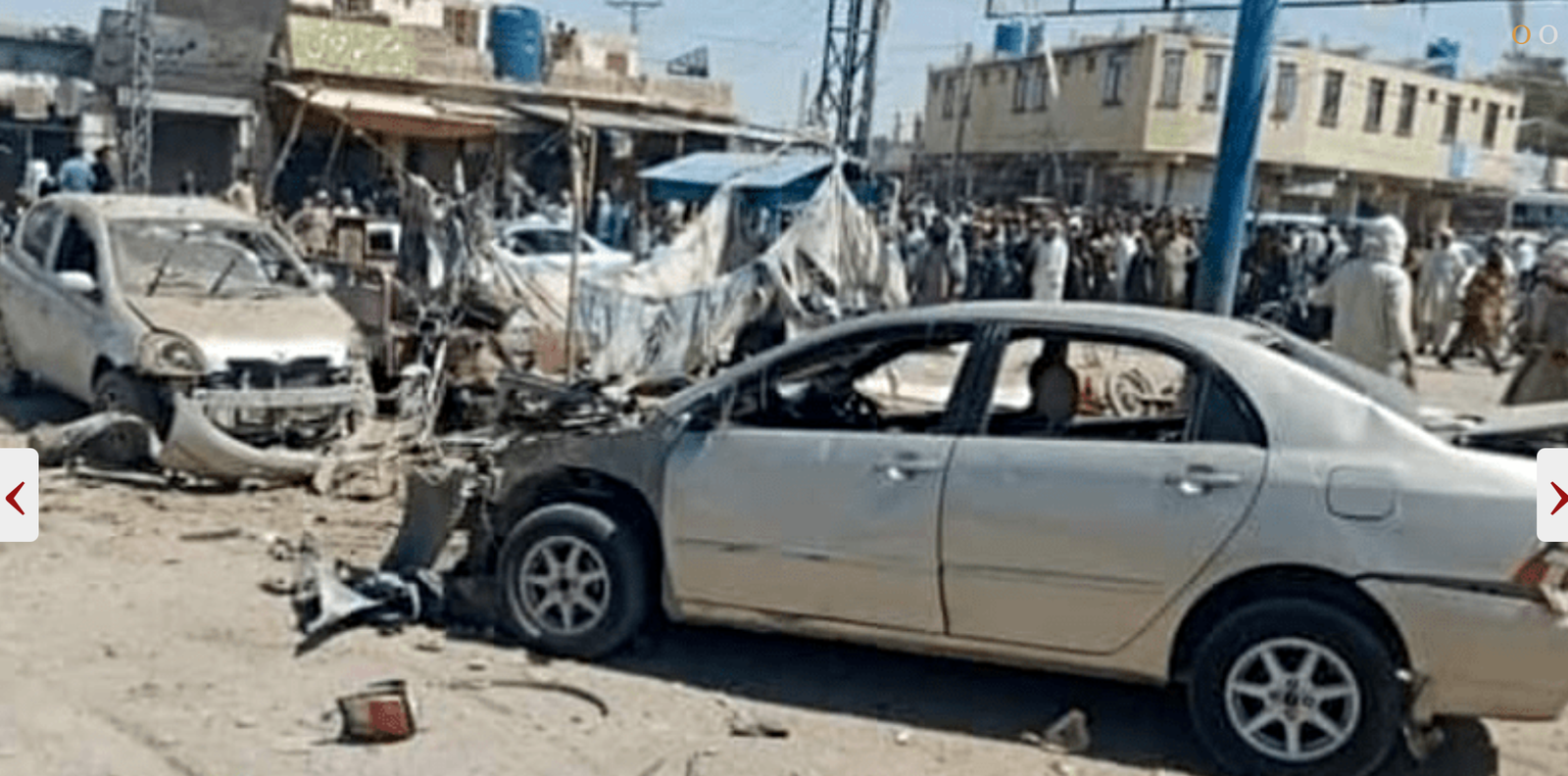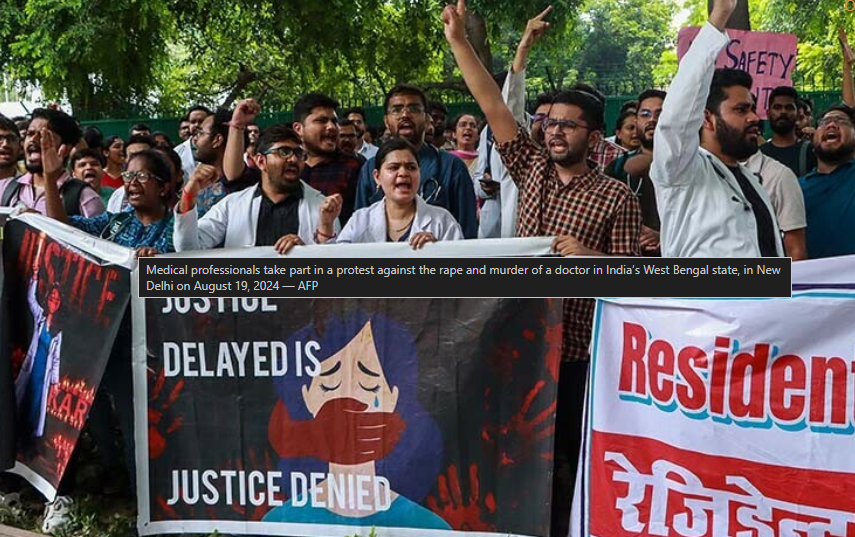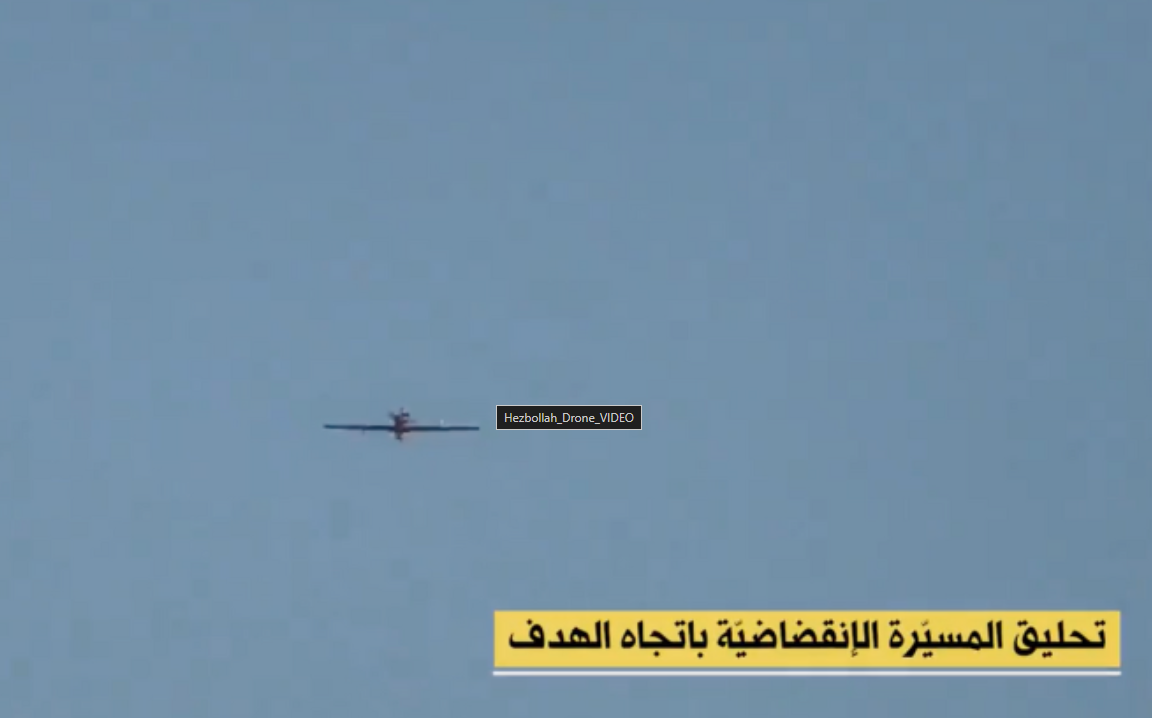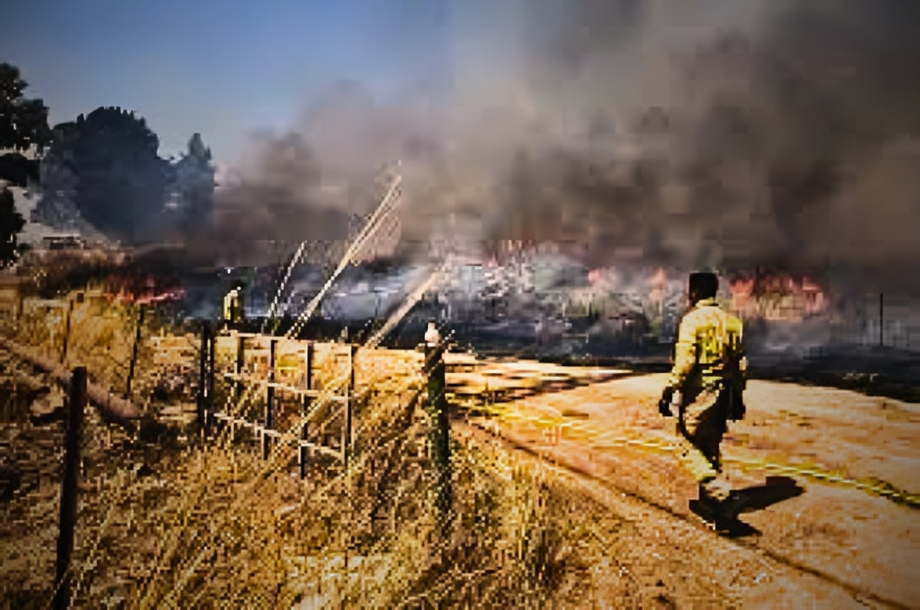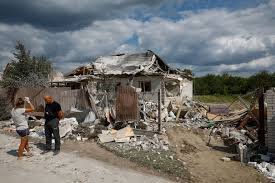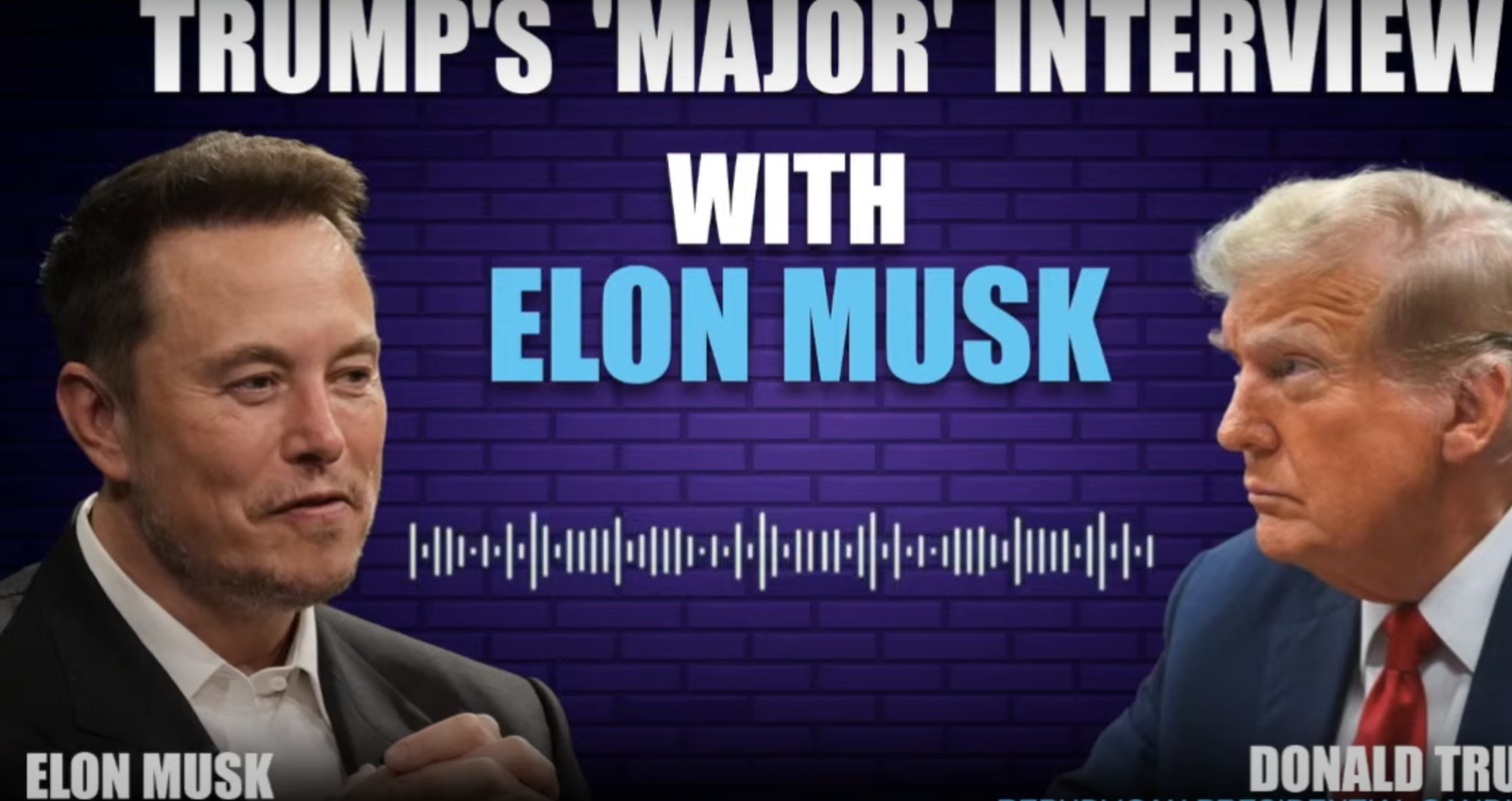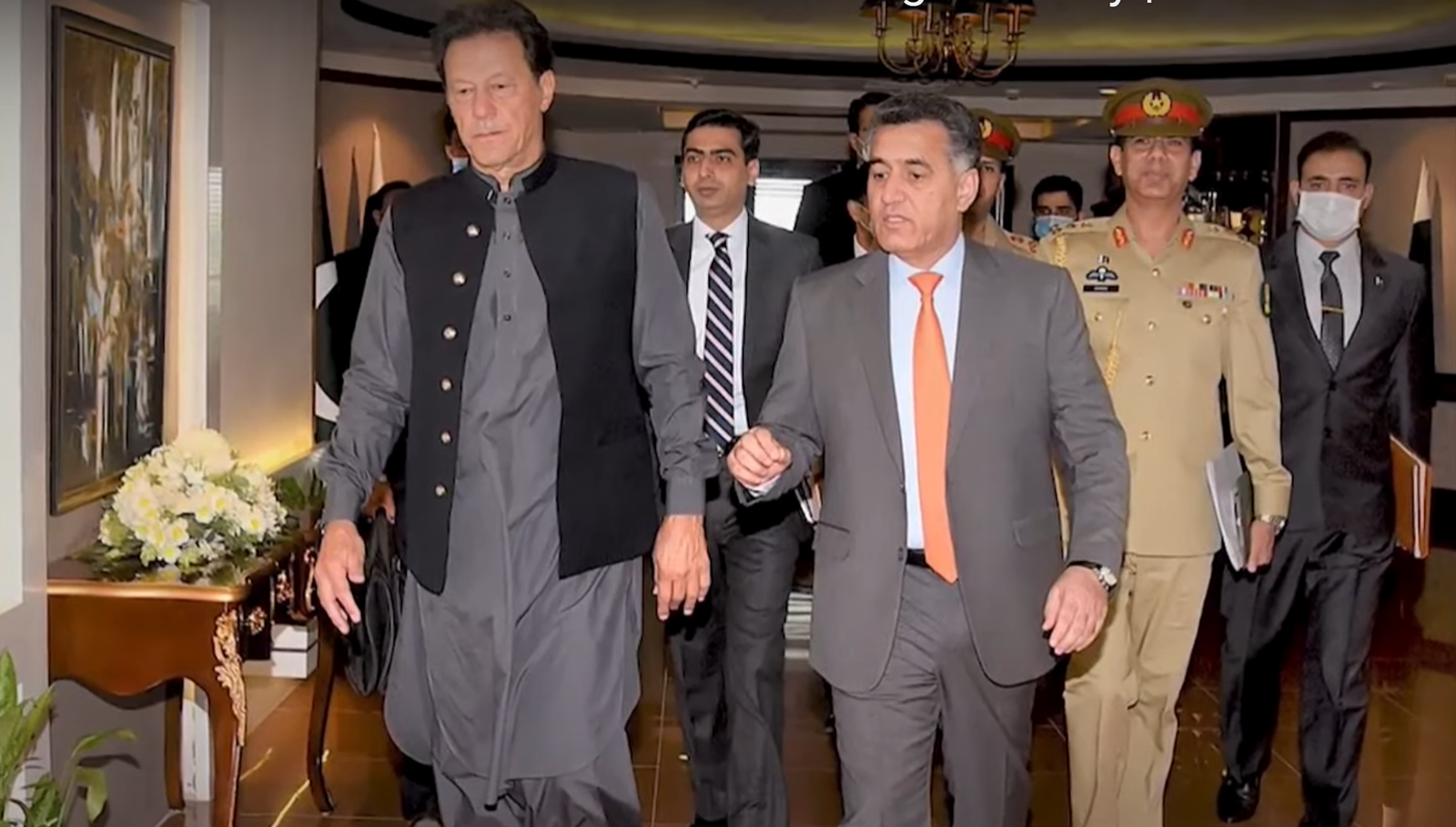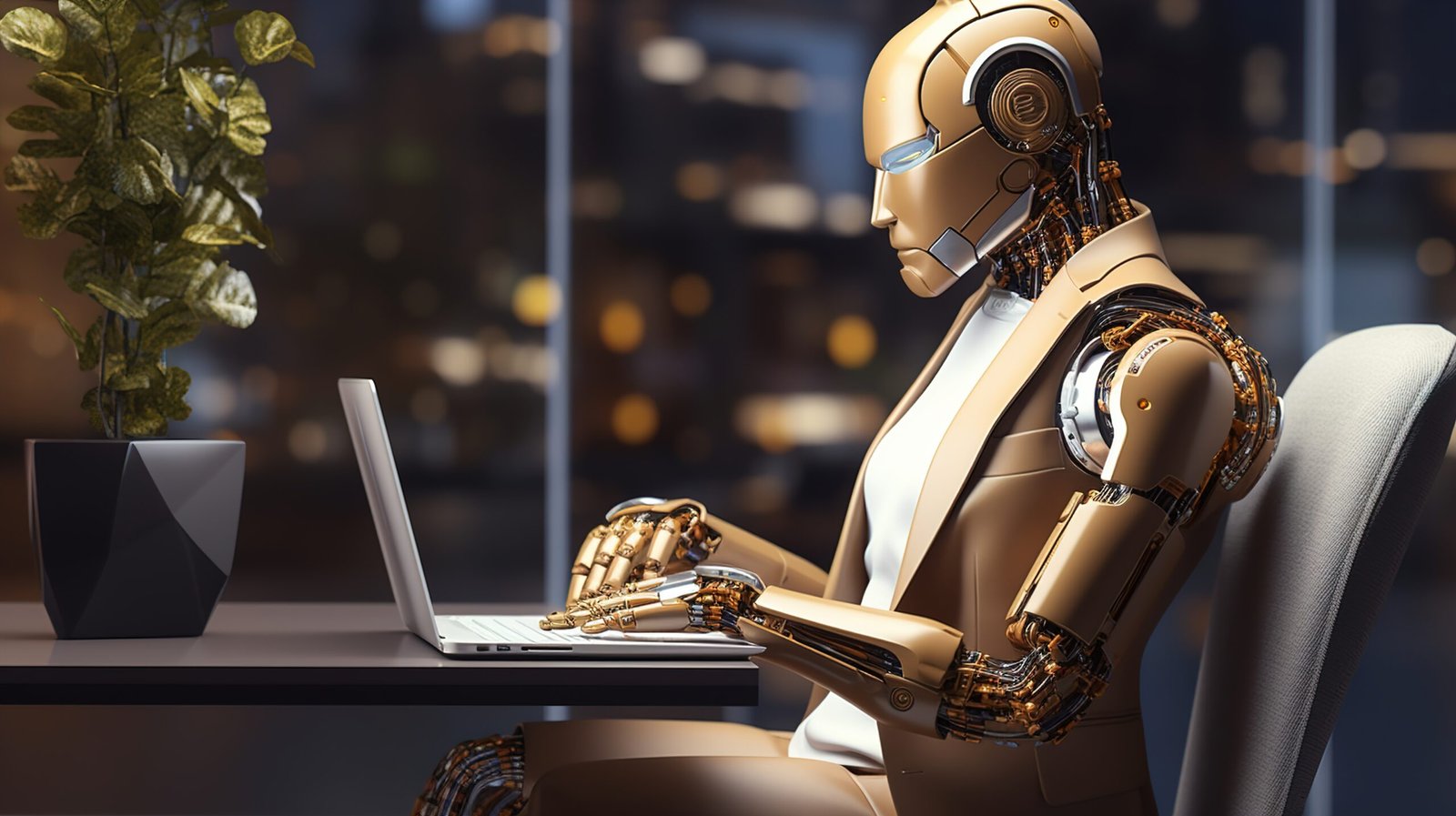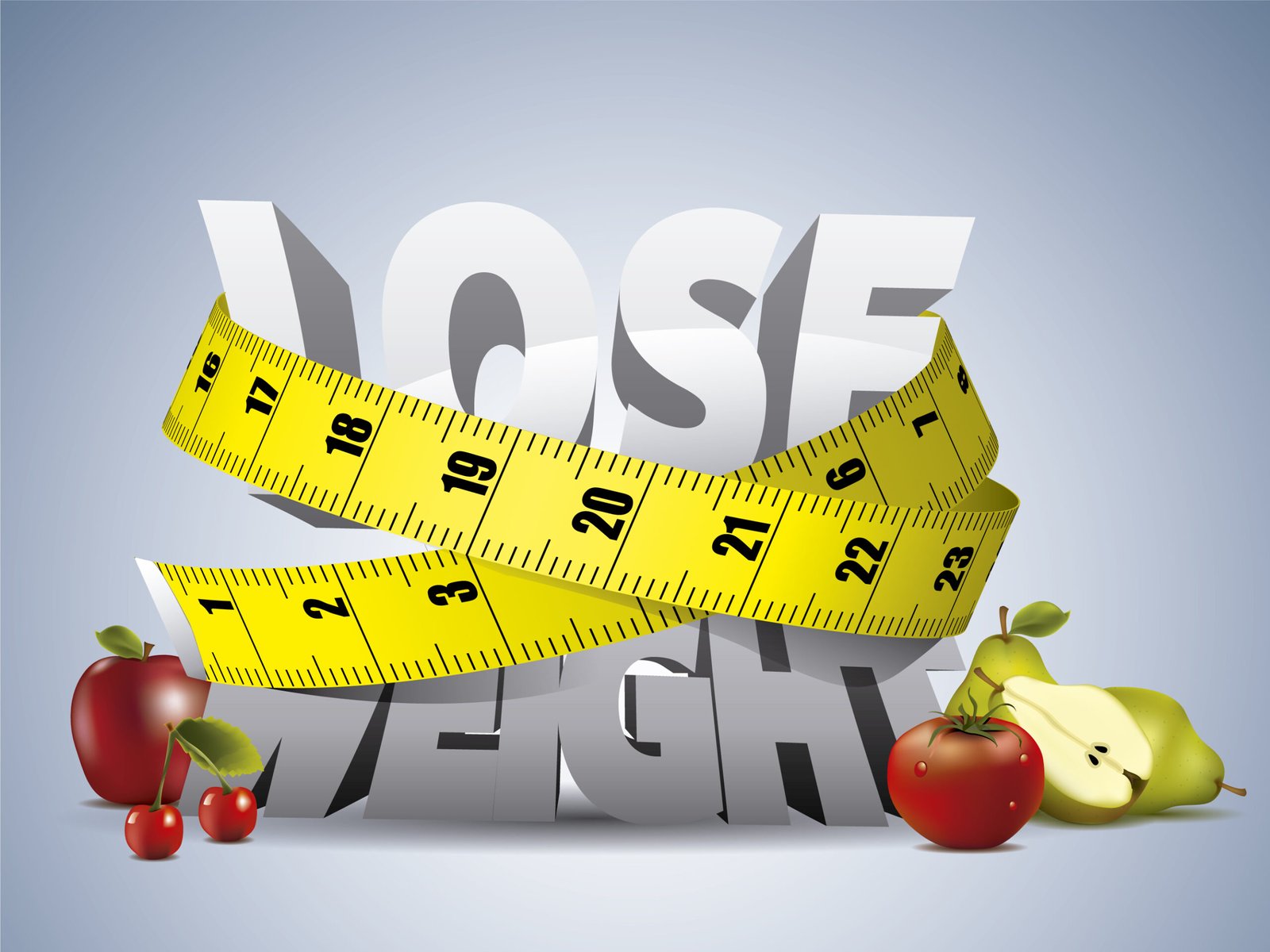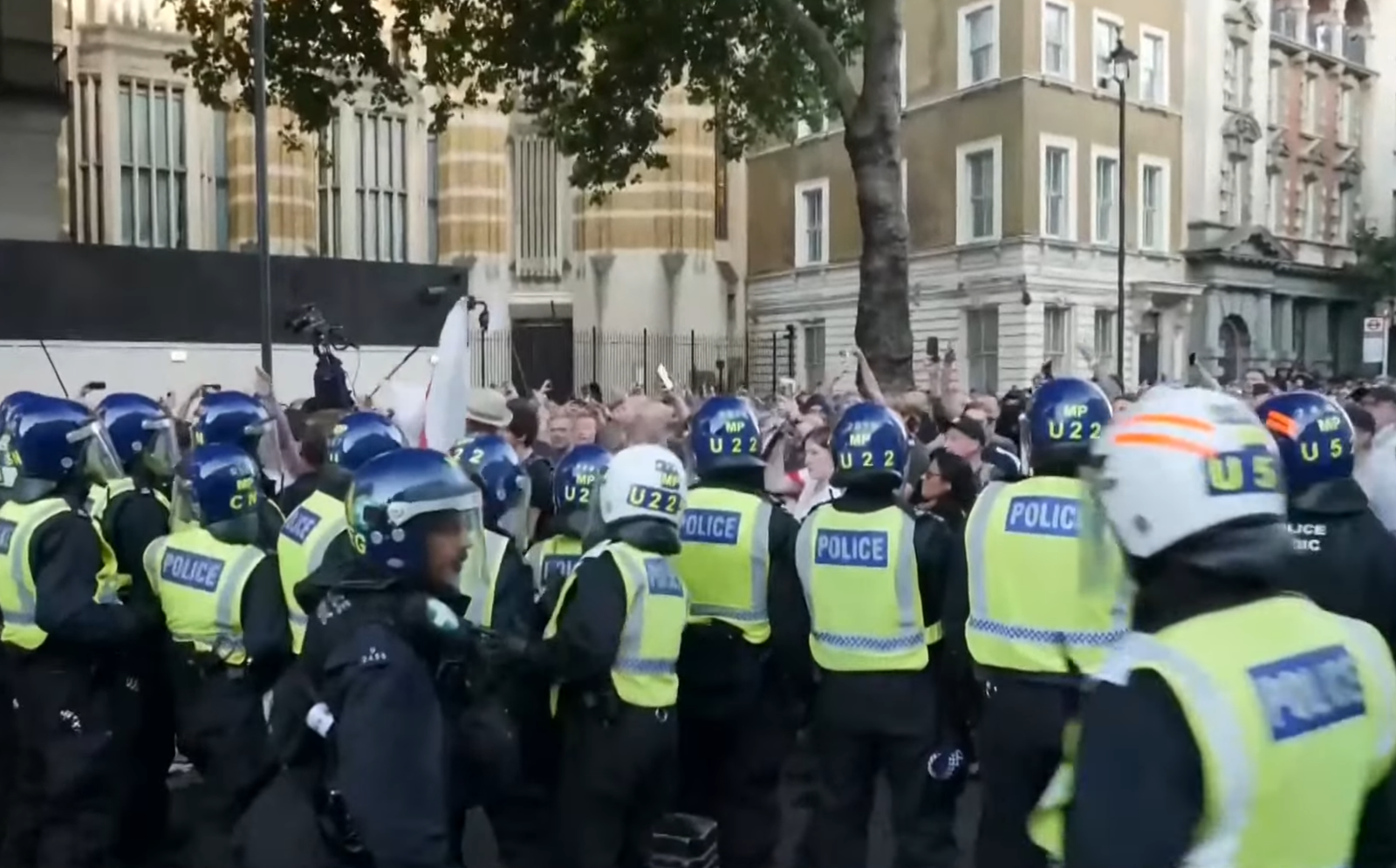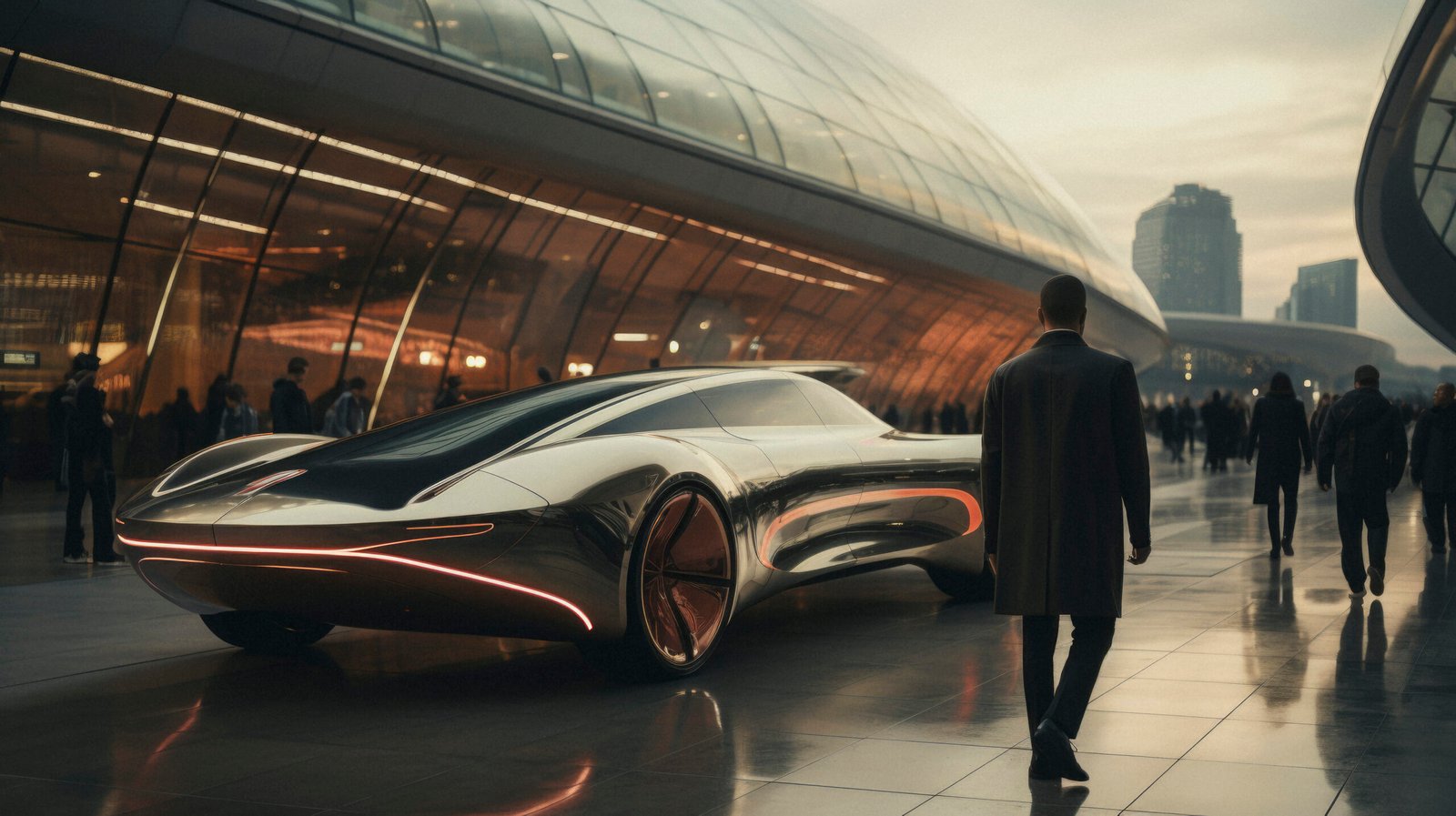
A line of Tesla Model S sedans is pictured outside the company’s Palo Alto headquarters. Tesla clarifies that its “Full Self-Driving (Supervised)” software needs active driver supervision and does not make the vehicles fully autonomous.
A Tesla Model S in “Full Self-Driving” mode was involved in a fatal accident in Seattle in April, where it struck and killed a 28-year-old motorcyclist. This incident marks at least the second fatal crash linked to Tesla’s self-driving technology, a feature heavily promoted by CEO Elon Musk.
A 56-year-old driver was arrested for vehicular homicide after admitting he was looking at his cell phone while using Tesla’s driver assistance feature, according to police.
Tesla states that its “Full Self-Driving (Supervised)” software requires the driver to actively supervise the vehicle, meaning it does not make the car fully autonomous.
The police are still investigating the crash, but experts point out that Tesla’s technology, which relies on cameras and artificial intelligence, has limitations. In contrast, competitors like Alphabet’s Waymo use more advanced sensors, such as lidars, to better detect the driving environment.
The recent fatal crash in Seattle, involving a Tesla car in ‘Full Self-Driving’ (FSD) mode, has reignited concerns about the safety and limitations of autonomous driving technology. As the investigation continues, experts and the public are questioning whether Tesla’s FSD system is truly ready for widespread use.
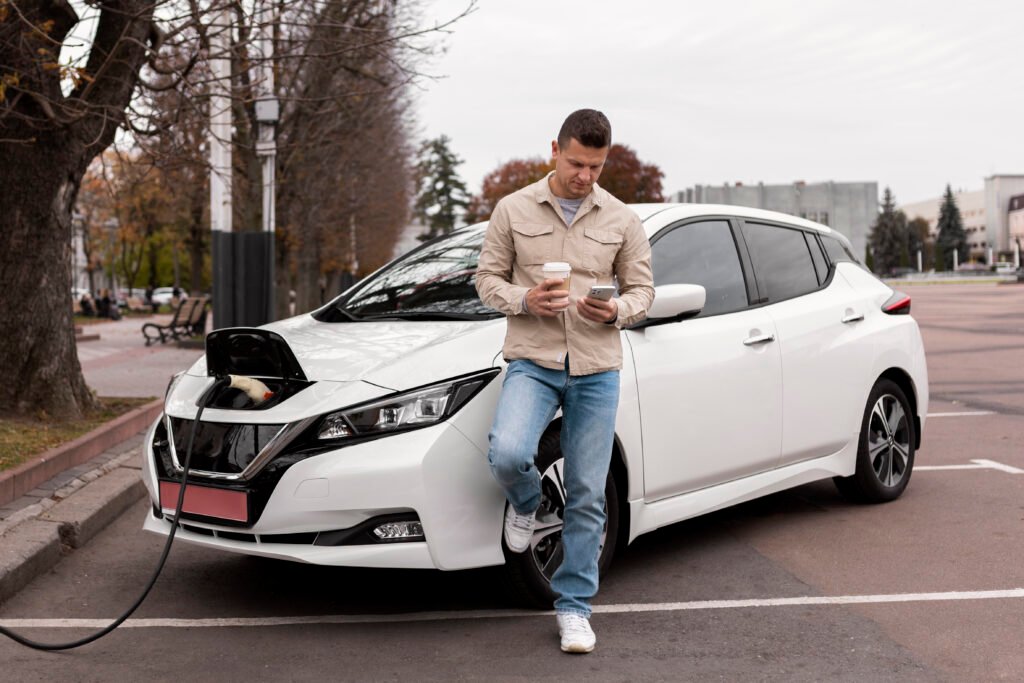
What Happened in Seattle?
On a tragic day in Seattle, a motorcyclist lost his life when a Tesla vehicle operating in ‘Full Self-Driving’ mode collided with him. The incident has raised serious questions about the reliability of Tesla’s autonomous technology, which depends heavily on cameras and artificial intelligence to navigate the road. While Tesla has made significant advancements in self-driving technology, this incident highlights that there are still critical limitations and risks involved.
How Does Tesla’s ‘Full Self-Driving’ Work?
Tesla’s Full Self-Driving system uses a combination of cameras, radar, and artificial intelligence to detect and respond to road conditions. The system is designed to handle most driving tasks autonomously, such as steering, accelerating, and braking. However, it still requires the driver to be attentive and ready to take control at any moment. Despite its name, the system is not fully autonomous and has been criticized for its misleading branding.
Are There Limitations to Tesla’s Technology?
Yes, there are significant limitations to Tesla’s Full Self-Driving technology. The system primarily relies on cameras and AI to interpret the driving environment, which can be problematic in certain conditions. For example, cameras may struggle in poor weather, low light, or when objects are partially obscured. Unlike some of its competitors, Tesla does not use lidar sensors, which provide a more accurate 3D map of the surroundings. This choice has been a point of contention among experts, who argue that lidar is essential for the safety and reliability of autonomous vehicles.
Why Is Tesla Facing Criticism?
Tesla is facing criticism for several reasons. First, the branding of its ‘Full Self-Driving’ system can be misleading, leading some drivers to believe the car is more capable of autonomous operation than it actually is. Second, incidents like the fatal Seattle crash have raised concerns about the readiness of this technology for public roads. Critics argue that Tesla’s reliance on cameras and AI alone may not be sufficient to ensure safety, particularly in complex driving situations.
What Are Tesla’s Competitors Doing Differently?
Tesla’s competitors, such as Alphabet’s Waymo, are taking a different approach to autonomous driving. Waymo, for example, uses a combination of cameras, radar, and lidar sensors. Lidar, which stands for Light Detection and Ranging, is a technology that uses laser pulses to create a detailed 3D map of the environment. This allows the vehicle to detect and avoid obstacles with greater accuracy than camera-based systems. By incorporating lidar, Waymo and other companies aim to enhance the safety and reliability of their autonomous vehicles.
Is Full Self-Driving Technology Ready for Public Roads?
This question remains a topic of heated debate. While Tesla’s Full Self-Driving system represents a significant step forward in autonomous driving, incidents like the Seattle crash demonstrate that the technology is not yet foolproof. The limitations of camera-based systems, the absence of lidar, and the potential for human error all contribute to the ongoing risks associated with autonomous vehicles. As the technology continues to develop, it is crucial that companies prioritize safety and transparency to protect both drivers and pedestrians.
What’s Next for Tesla’s Full Self-Driving?
As investigations into the Seattle crash continue, it is likely that Tesla will face increased scrutiny over its Full Self-Driving system. Regulatory bodies may push for stricter safety standards and clearer communication about the capabilities and limitations of autonomous technology. Additionally, Tesla may need to reconsider its approach to sensor technology to improve the safety and reliability of its vehicles.
The fatal Seattle crash highlights the ongoing challenges and risks of Tesla’s Full Self-Driving technology. Despite Tesla’s advancements, significant work remains to ensure the safety of autonomous vehicles. As discussions continue, it’s crucial for both manufacturers and regulators to focus on developing safe and reliable systems that can revolutionize driving.



